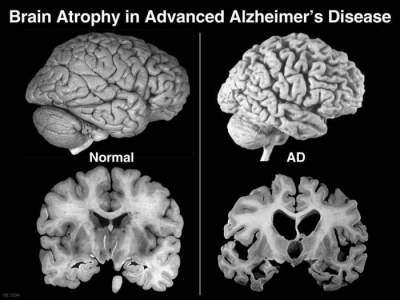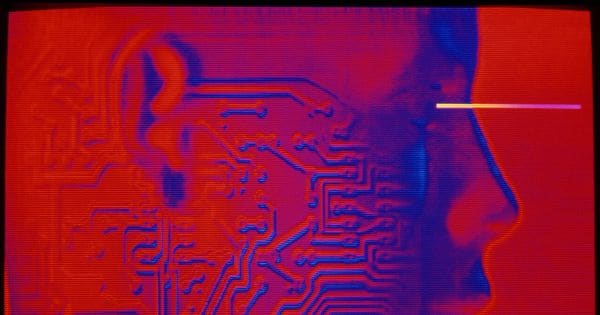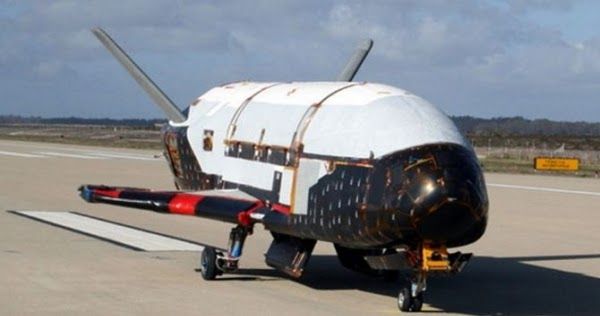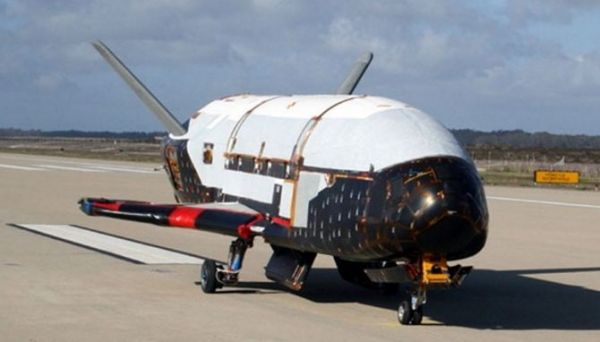Apr 6, 2017
The future of the Earth through the eyes of futurists. Photo
Posted by Zoltan Istvan in categories: bioengineering, biotech/medical, computing, genetics, neuroscience, transhumanism
Transhumanism stuff out in these stories: http://z-news.link/the-future-of-the-earth-through-the-eyes-of-futurists-photo/ & http://yemcentral.com/2017/03/29/would-robots-make-better-po…an-humans/ & https://player.fm/series/lions-of-liberty-podcast/287-zoltan…nd-liberty
Futurism, or more precisely, futurology, is the study of possible hypotheses, probable and preferred options for the future. To understand what futurists predict in the improvement of the human condition, consider the progress happening in the field of science, medicine and computing.
Continue reading “The future of the Earth through the eyes of futurists. Photo” »



















